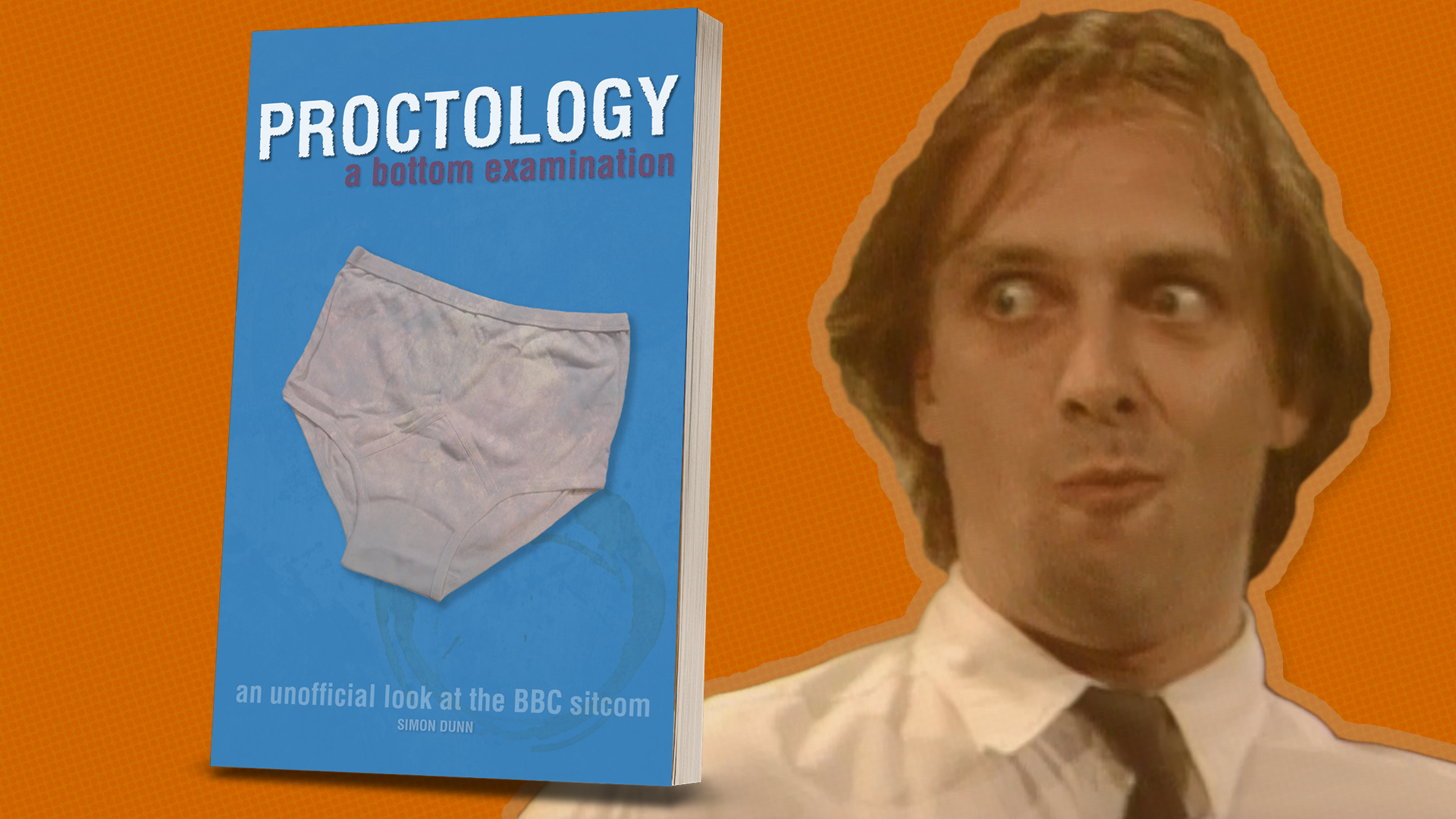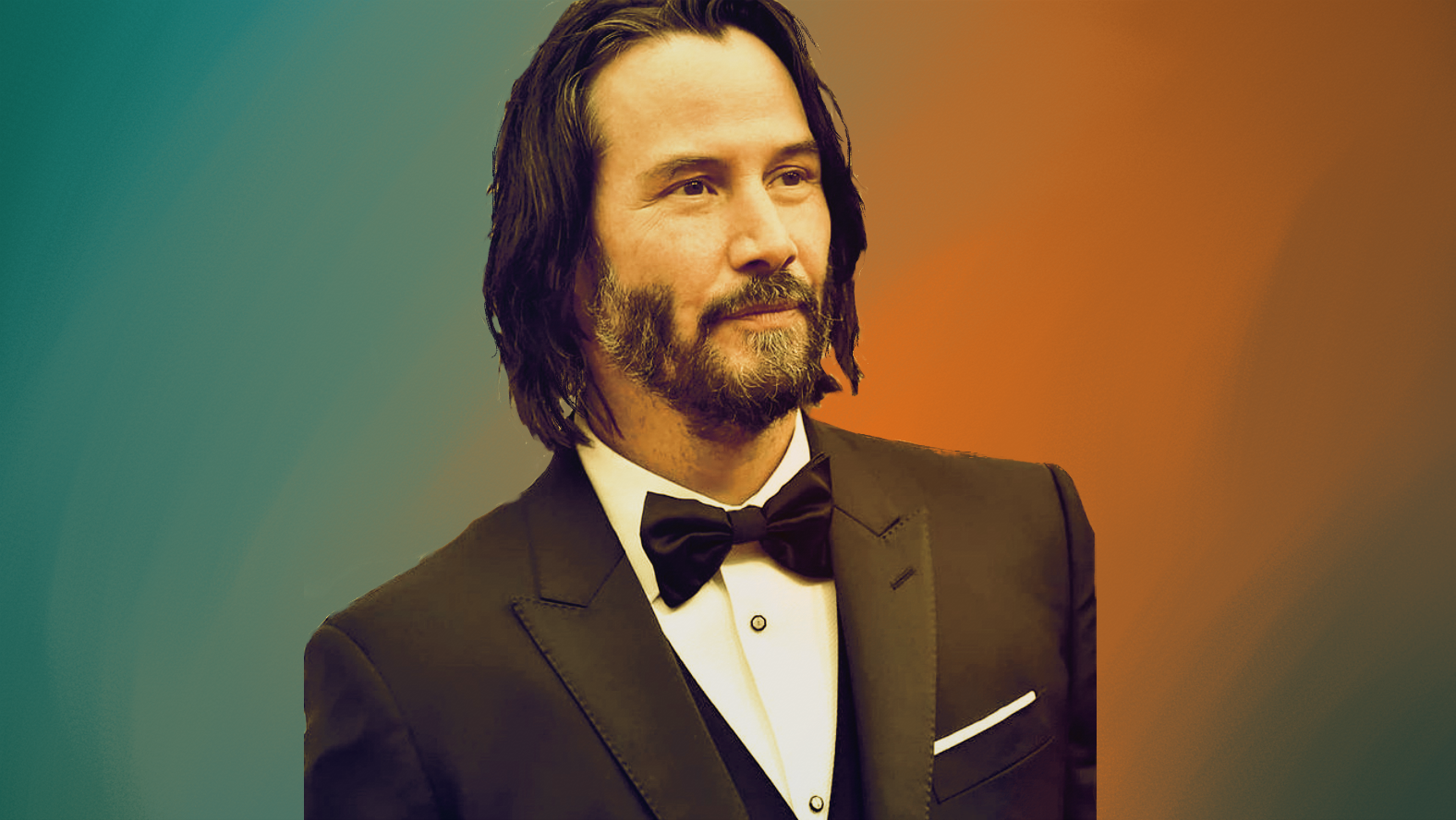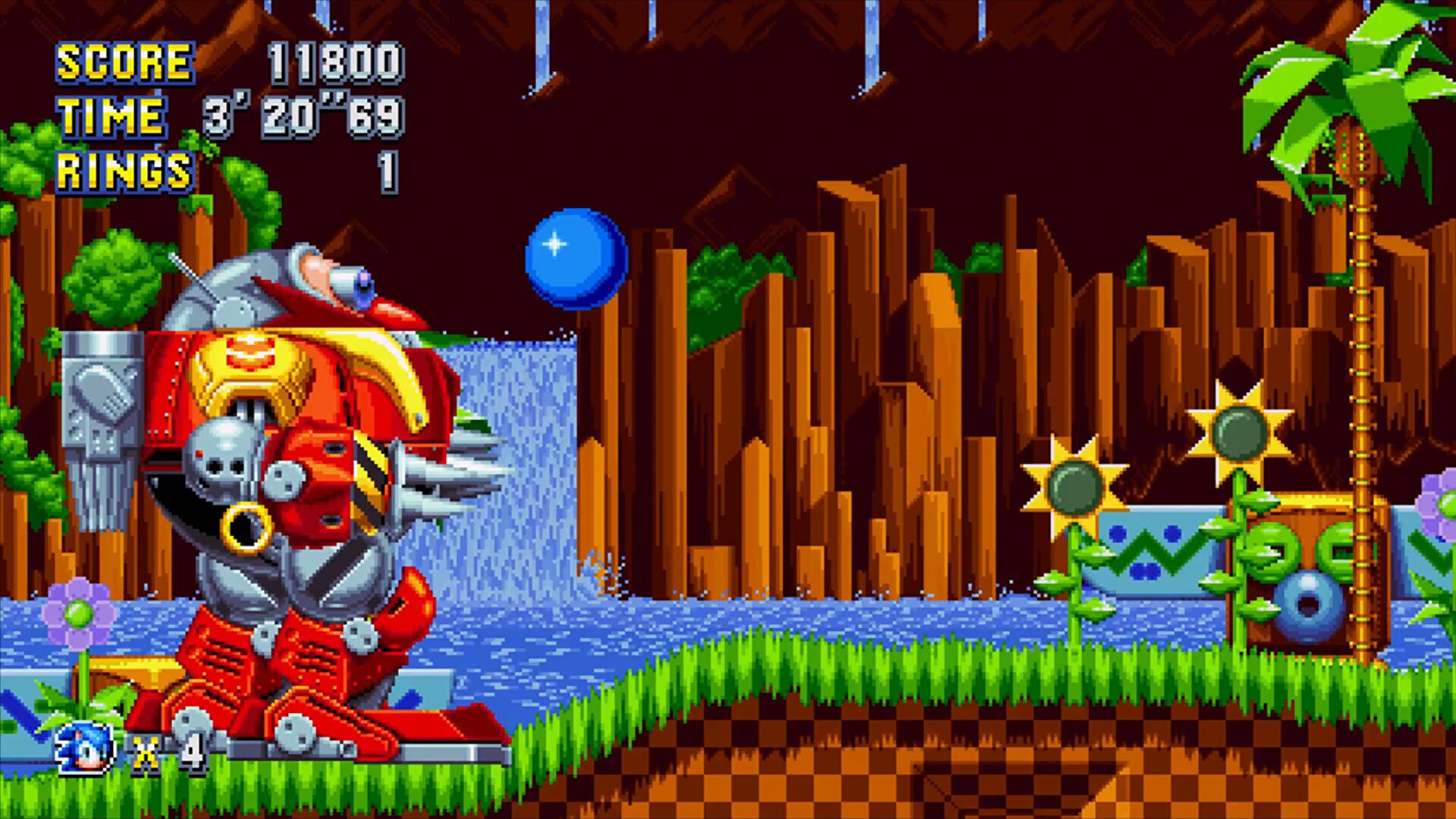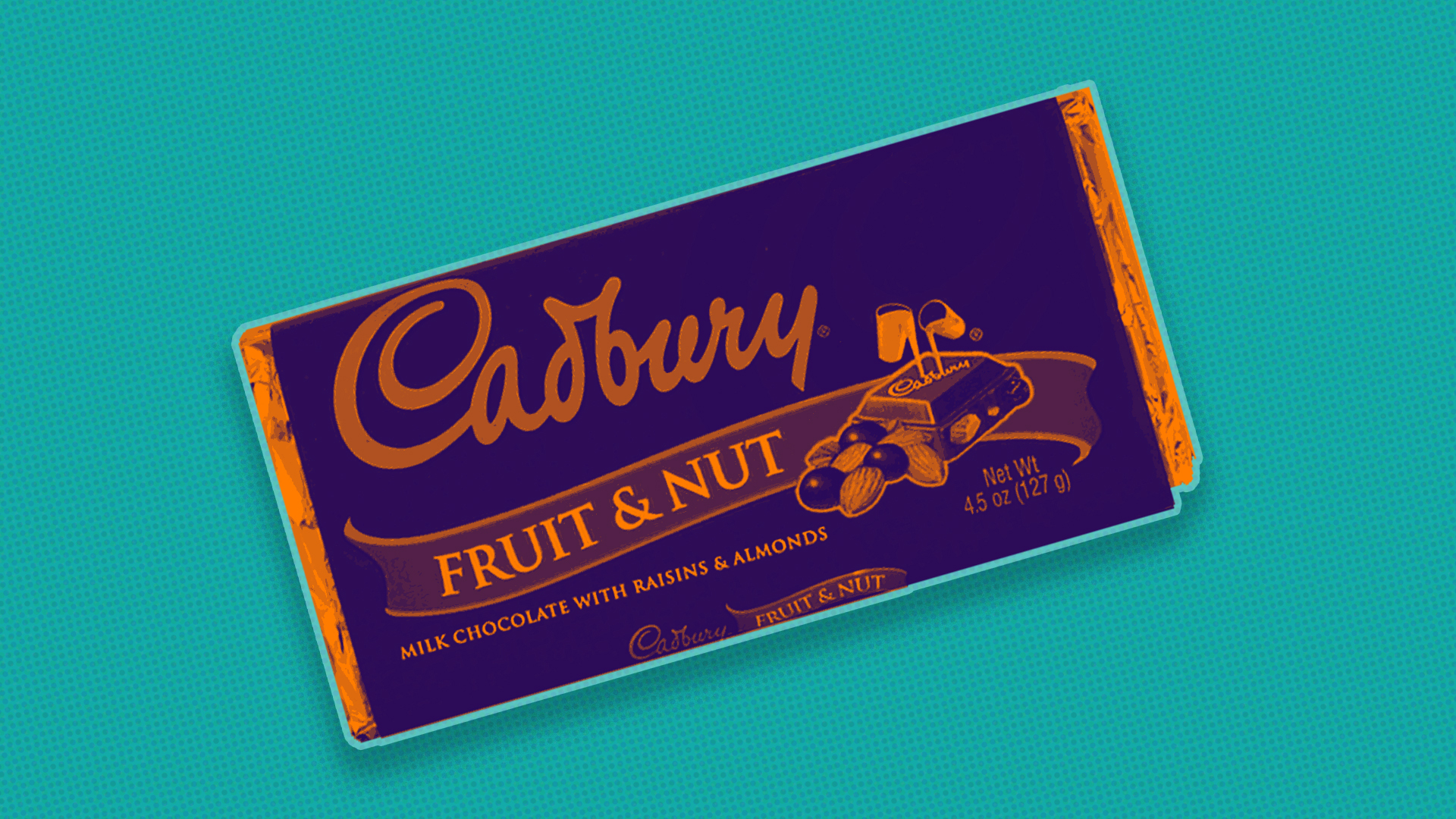I’ve decided it’s sitcom week here on the old blog, so to continue the idea from yesterday, let’s have a peek at some other spin-offs from popular shows.
We’ll skip the more obvious ones like Joey, The Cleveland Show, The Simpsons and The Muppet Babies, and talk about the bastard off-spin from Cheers.
No, not Frasier.
The Tortellis.
This ran for half a season on NBC in 1987, a full six years before the psychiatrist put on his headphones. Created by Ken Estin, it starred Dan Hedaya and Jean Kasem, with guest appearances from Rhea Perlman as Carla, George Wendt as Norm and John Ratzenberger as Cliff.
Hedaya had appeared on Cheers as Carla’s slime-ball ex-husband, and during his arc there, he re-married a buxom blonde named Loretta and we were introduced to her son Anthony and his wife Annie. When The Tortellis aired, this foursome had moved to Las Vegas to run a television repair shop.
Ratings were never high, and the show was not renewed past its mid-season replacement status.
It’s not surprising that audience behemoths often look to milk further shows from their teats. M*A*S*H was followed by AfterMASH (more on that tomorrow), but it also has two other off-cuts. Well, one, legally, but two really.
Trapper John, M.D is technically a spin-off character from MASH, not M*A*S*H, and ran for seven seasons on CBS from 1979 to 1986. It’s set two decades after his appearance in the film, and re-casts the character with Pernell Roberts. The only other mention of MASH is a reference to Hawkeye in the pilot.
It’s not actually a sitcom, it’s an hour long single camera comedy drama.
Legally, the show is considered a spin-off of the original motion picture, MASH, rather than the M*A*S*H television series. This is due to a court case in which the producers of the television series sought royalty payments on the grounds that Trapper John, M.D. was a spin-off of their series. The court found, however, that the series was a spin-off of the original movie – itself an adaptation of Richard Hooker’s MASH: A Novel About Three Army Doctors. As a result, the producers of the M*A*S*H series did not receive any royalties from Trapper John, M.D. (Wikipedia)
But M*A*S*H did have another official, actually legal spin-off called W*A*L*T*E*R.
A pilot featuring Radar (Gary Burghoff) as the main character was made in 1984, but the show was not picked up. It was however aired by CBS as a special presentation, but it was pre-empted on the West Coast by coverage of the Democratic National Convention, and so only Eastern and Central viewers got to see it.
(video clips via Television Obscurities)
The Golden Girls was another ratings home run, and as well as the sequel Golden Palace, it also gave birth to Empty Nest, which aired on NBC for seven seasons from 1988 to 1995. It was created by the creator of its mother, Susan Harris, and centred around neighbours of the Girls coming to terms with the death of their wife and mother.
In 1991, Empty Nest spawned its own spinoff, Nurses, a sitcom about a group of nurses working in the same hospital as Dr. Weston. The three series (Empty Nest, Golden Girls and Nurses) represented one of the few times in American television history that three shows from the same producer, all taking place in the same city and explicitly set up with the characters knowing each other from the very beginning, aired on the same network in one night. On at least two occasions, Harris wrote storylines which carried through all three series. (Wikipedia)
All In The Family is the American re-make of the British classic sitcom Till Death Us Do Part, and replaces Alf Garnett with Carol O’Connor’s Archie Bunker. It ran for nine seasons on CBS, five of which it ranked number one – a feat only matched by The Cosby Show. So it was inevitable that it would start spraying its seed all over the schedules.
Maude was its first offspring, airing on CBS from 1972 until 1978, and starring Bea Arthur as the eponymous cousin of Edith Bunker. A number of the episodes were unusual for US sitcoms, in that they only featured Maude and her husband Walter, and in the fourth season, Bea Arthur delivered a half hour monologue to an unseen psychiatrist.
Maude itself spawned a spin-off, Good Times, which aired for six season on CBS, and featured Maude’s housekeeper Florida Evans who moved back to Chicago.
As was the case on other Norman Lear sitcoms, the characters and subject matter in Good Times were a breakthrough for American television. Sitcoms had featured Working class characters before (dating back at least to The Life of Riley), but never before had a weekly series featured African American characters living in such impoverished conditions. (Fred and Lamont Sanford of Sanford and Son, though they lived in the poor Watts area of Los Angeles, at least had their own home and business.) (Wikipedia)
If you’ve ever wondered where the catchphrase “Dy-no-mite” came from, it’s Good Times’ J.J – I only knew it from Family Guy.
From the outset he was the break-out character, and Esther Rolle who played Florida grew disillusioned with the development of the show. In an interview with Ebony Magazine in 1975, she said:
He’s eighteen and he doesn’t work. He can’t read or write. He doesn’t think. The show didn’t start out to be that…Little by little—with the help of the artist, I suppose, because they couldn’t do that to me—they have made J.J. more stupid and enlarged the role. Negative images have been slipped in on us through the character of the oldest child.
Her co-star and screen husband John Amos was equally annoyed, “The writers would prefer to put a chicken hat on J.J. and have him prance around saying “DY-NO-MITE”, and that way they could waste a few minutes and not have to write meaningful dialogue.”
Amos and Rolle left the show but it continued to do well in the ratings, and Rolle returned for the show’s final season. It’s worth reading about all this on Wikipedia actually.
Next up was The Jeffersons, which outlasted its Dad All In The Family with eleven season, all aired on CBS between 1975 and 1985.
The Jeffersons were Archie Bunker’s neighbours, and moved from working class Queens, to a luxury apartment in Manhattan.
The show was the creation of prolific television producer Norman Lear. However, unlike some of his other shows, it was less sharply political in tone and The Jeffersons evolved into more of a traditional sitcom, relying more on the characters’ interactions with one another rather than explicitly political dialog or storylines. It did, however, tackle a few serious topics including racism, suicide, gun control and adult illiteracy. (Wikipedia)
The show was abruptly cancelled by CBS in 1985, allowing for no series finale; some of the cast only found out about this by reading it in the papers. However, the end of The Fresh Prince of Bel Air saw the return of The Jeffersons as they moved into the Bel Air mansion.
The Jeffersons also had its own spin-off, Checking-In, though this only lasted four episodes, and the character of the Jeffersons maid Florence Johnston returned to the series, after her hotel burned down.
Finally, discounting the series continuation of All In The Family, Archie Bunker’s Place, Norman Lear also created 704 Hauser. It lasted six episodes in 1994, and featured the Cumberpatches, an African American family who move into Archie’s old house. Our old friend from Good Times, John Amos took the starring role, and features an early appearance by Maura Tierney.
Apologies for only covering US sitcoms here, but to be honest, the only real spin-off (as opposed to sequel) of a UK sitcom I can think of is Green Green Grass (oh, and First Of The Summer Wine). If you can think of any others, please leave a comment, and I’ll do a follow up.
Tomorrow I’ll bore you with sitcom sequels.












